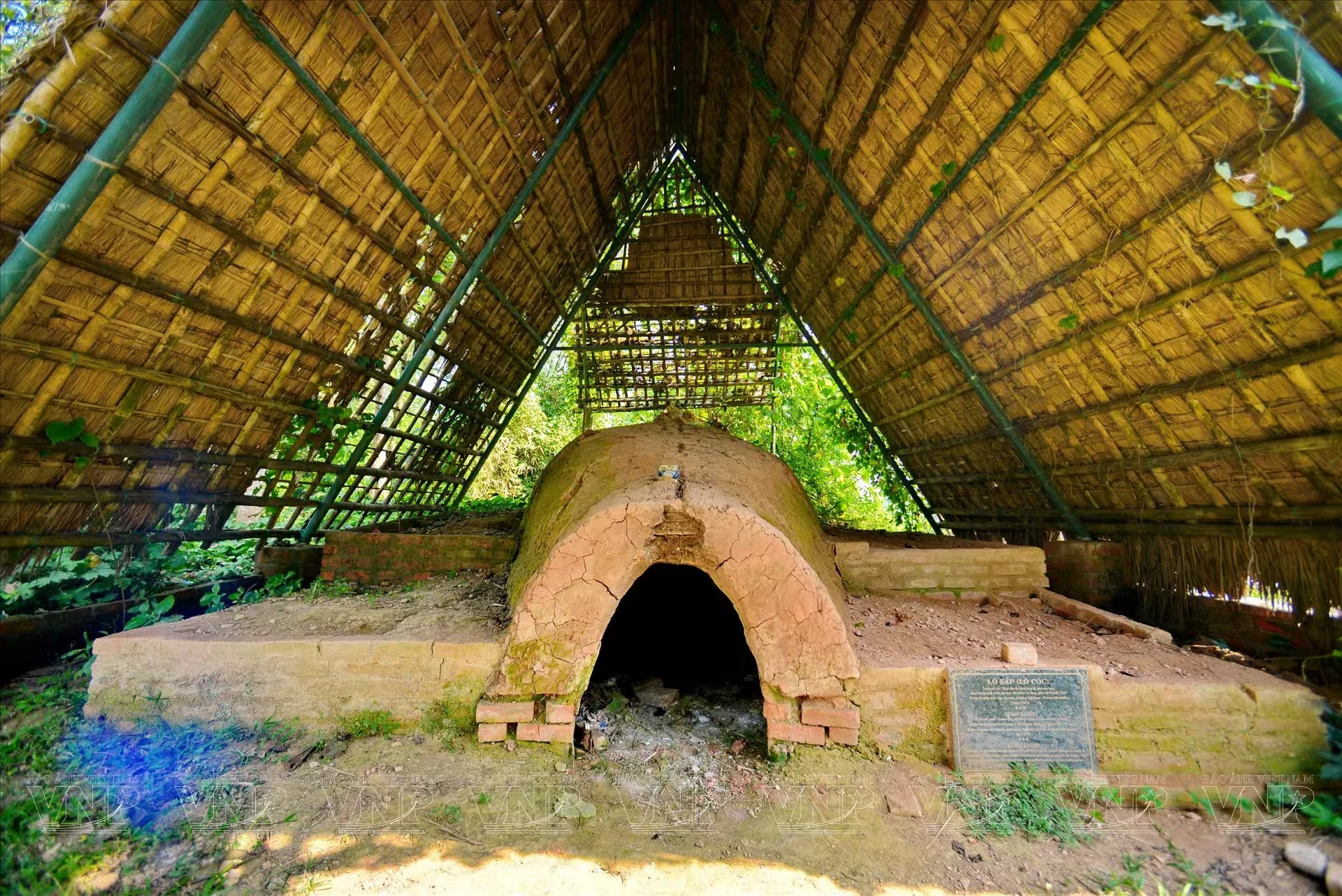Phuoc Tich – The Pottery Village Commissioned by the Emperors

Phuoc Tich – The Pottery Village Commissioned by the Emperors
According to ancient records, during the Nguyen Dynasty, Phuoc Tich Village was granted a rare privilege unlike any other. Each year, the villagers were required to present around 400 clay rice pots (“om”) to the imperial court, used exclusively for preparing rice for the Emperor. It was strictly forbidden for locals to keep pots of the same design for personal use — violators faced severe punishment.
With over 500 years of ceramic craftsmanship, Phuoc Tich became renowned across Central Vietnam. The village not only produced everyday pottery but also created refined, artistic pieces once used within the Nguyen royal court, many of which are now preserved at the Museum of Royal Fine Arts in Hue.
The Unique Kilns of Phuoc Tich
While many modern potteries now use advanced kilns with precisely controlled temperatures, Phuoc Tich’s traditional wood-fired kilns remain a living testament to Vietnam’s artisanal heritage. These ancient kilns — though less efficient and producing varied hues due to ash deposits — give each ceramic piece its distinctive handmade character and soul.
Among them, the “Lo Ech” (Frog Kiln) is believed to be one of the oldest kiln types in Vietnam, dating back to the 17th century. According to local craftsman Mr. Long Phuong, “It is now extremely rare to find an authentic Frog Kiln in operation.”
Yet in Phuoc Tich, many of the traditional Frog Kilns still burn to this day.Frog Kiln — a clever traditional design that maintains steady heat while preserving the fire’s natural rhythm, embodying the artistic spirit of a bygone era.
The O Lau River clay, sourced only from the riverbanks surrounding the village, also contributes to the distinctive quality of Phuoc Tich pottery. The clay used for Phuoc Tich pottery is taken only from the banks of the O Lau River, preserving the authenticity and tradition of the craft.

Where History and Craft Intertwine
The O Lau River itself holds deep historical significance — it is said to be the site where the Vietnamese king’s father ( Tran's Dynasty ) once say goodbye his daughter in marriage to the Champa king, marking the union that brought the two provinces of O and Ly (present-day Hue and Quang Tri) into Vietnam.
Today, as you walk through Phuoc Tich’s peaceful lanes, you can still feel the echo of imperial legacy, where artistry, history, and human stories are intertwined in every handmade piece of clay.
Read more about Story of Hue Arabica Coffe Beans - Another Hue's Story



